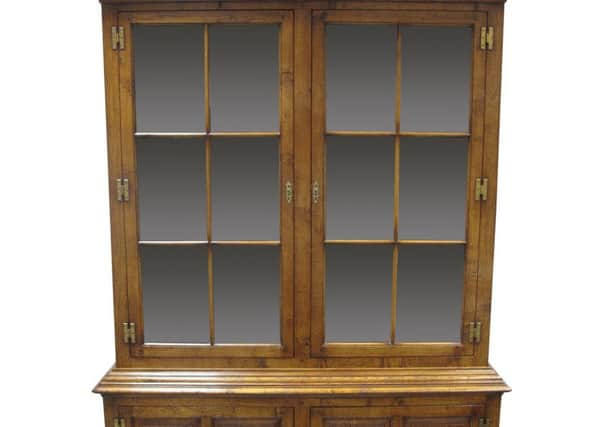Antiques Column: Beauty is in the eye of the beholder


As many ask themselves what does the future hold for Brexit, English cricket and diesel motor cars, I myself focus on the secretaire and wonder if it will ever reach those dizzy heights of popularity it once attained.
Everyone knows and loves the bureau.
And the essential difference between it and the secretaire is that the bureau has a sloping or curved lid to its writing section, whereas the secretaire is usually flat fronted and vertical.
Advertisement
Hide AdAdvertisement
Hide AdDuring the 18th century the most fashionable item of writing furniture was the bureau, but the chest with a straight fronted writing drawer continued to be an alternative.
Two buttons at each side of the drawer dropped the front to reveal a writing interior every bit as exciting as that of the bureau.
The secretaire drawer gradually increased in depth and the chest was often surmounted by a bookcase.
The usefulness of the secretaire bookcase or secretaire cabinet ensured that it continued to be made throughout the 19th century, with infinite variations of detail in the style of pediments, glazing patterns and surface decoration.
Advertisement
Hide AdAdvertisement
Hide AdThe French developed the secretaire à battant in the late 18th century and it is generally considered more sophisticated than the British version.
It was a full, flat, fall front cabinet, resting on a chest of drawers or cupboard, often constructed as one piece rather than two separate.
As with everything though, beauty is in the eye of the beholder.
n Do you have an antiques collection to feature? Email [email protected]